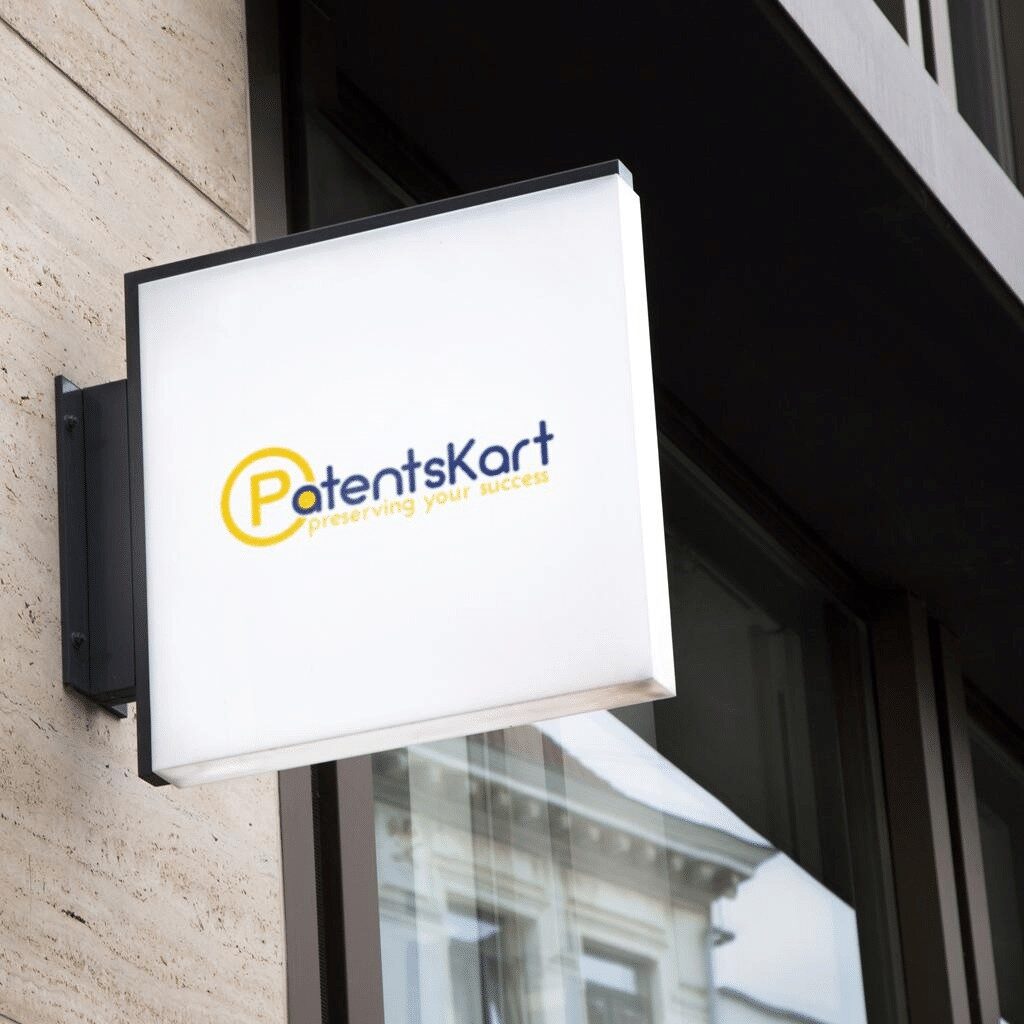Drafting a patent is a broad term, but with us, you get all of it

Skilled Technical expertise

Quick turnaround time

Competitive billing rates

At PatentsKart, we have a team of experienced patent drafters comprising Indian/U.S. patent agents who have in-depth experience drafting several Indian/U.S. patent applications in biomedical devices, pharmaceutical formulations, robotics and automation technologies, IoT sensors, electronics, etc. After a thorough analysis of the novelty and existing prior art, all patent applications are prepared to capture all embodiments in the description. Advantages over the known prior art are clearly described in the background to set the field of invention.
Our Research Disclosure services offer to establish an invention as prior art preventing others from patenting the idea.
We focus on developing a solid patent portfolio by ensuring appropriate coverage for each invention. In addition, our domain experts anticipate potential opportunities in the technology and provide the broadest possible range for the patent keeping the future development of the technology into perspective.
We prepare drafts for filing both provisional and non-provisional patent applications. We also assist with patent proofreading services.
Because your success is our success, we equip you with a team of trained patent attorneys to assist your firm with patent documents.
We are not a law firm; we work with one on a project basis to assist with supervised drafting. The law company can then file the application that has been prepared.
We conduct Interviews with counsel and inventors, Draft plans, share proposed claims and figures with counsel. We share feedback with counsel and inventors for the first draft 2014 revised draft with the quality work product.

Leverage our diverse industry experience
A patent draught is a technical document with two basic functions:
Always remember that the aim of a patent application drafting or specification is to highlight a problem in the present state of the art or technology and give a solution that is novel and not obvious to a person knowledgeable in the art.
It’s critical to get the word out about the invention in writing and comply with the statuary requirements for smooth and faster patent prosecution. The grant decision is based on the written specification as an examiner would not ask for a model or prototype or the product most of the time. The patent draft/ patent drawings should be drafted in a manner to fully or particularly describe an invention, allowing a person skilled in the art to perform the invention without any undue diligence.
Before submitting an application to the USPTO, it is reviewed for both substance and form can help avoid many headaches down the road. The USPTO first considers which team of examiners (called an “art unit”) is best suited for your patent application 2014using USPTO Archives to Generate Office Action Responses.


When developing any idea, do your research and take your time to ensure that the application has the highest possibility of being approved once it reaches the revision office.
When a patent attorney receives information on an invention from an inventor or a potential patent applicant, the patent drafting process normally begins. After comparing the material to the state of the art, the attorney predicts the scope of the monopoly that a patent will likely offer.
A of writing patent descriptions and claims, which are integral components of any patent application.
The patent attorney’s job description The patent attorney, as the person in charge of preparing the patent specification, must be able to quickly condense the inventive thought and translate it into a specification that will protect the invention.
Counsel/ patent attorney /law firm/ patent practitioners will first ask you to fill out an invention disclosure contract. This permits you to give enough information about your innovation to the attorney so that they can grasp it. At this point, your attorney begins drafting the patent application, starting with the design claims.
After your attorney has accurately captured the scope of the invention in the draught claims, the inventor or a drafting technician will begin any necessary drawings to help clarify the claims. In some cases, the illustrations illustrate existing innovations to help you distinguish between them and the creation you’re applying for.
During the patent drafting process, you, the draughtsman, and the attorney/counsel will have numerous collaborative talks. During this time, it’s not uncommon for the scope of the claims to shift slightly. When these modifications occur, the new invention is likely to become even more distinct from current ones. Changes could also be due to a better knowledge of the innovation or its applications.

Patent drafting involves understanding the inventions and covering all technical aspects and variations in the full specification. Claims are the heart of a patent and should be drafted such that they are broad enough to cover the full scope of the invention, keeping in mind the legal obligations of the country where the patent is to be filed. A poorly drafted patent /drafting process could lead to loss of rights, and a competitor may utilize the gaps to get away with infringement. High quality patent drafting is key for when you want your company to benefit the most from your inventions.
Patent drafting entails the creation of patent descriptions and claims, which are essential parts of every patent application. It focuses on figuring out how to patent a concept. The draught acts as the specification part of the document once the invention is issued. The first step in creating a patent is drafting, which necessitates rigorous attention to detail.

A patent can be written by an inventor. However, for a variety of reasons, this is usually not a good idea. Their is more chances that the application will be denied as a result. Because the cost of filing is extremely high, any financial loss must be accepted. Furthermore, even if you are successful, the patent\’s scope is likely to be incorrect. As a result, the patent is open to challenge. Rather than attempting a DIY, hiring a skilled and knowledgeable patent attorney who can provide these services, even if merely to consult, is a superior choice.
Patent Specification
A patent description is a highly technical legal document with two purposes: first, to disclose an invention to the public in a language that will allow the public to use the invention to identify the subject matter that the patent applicant plans to claim exclusively for themselves after relevant patent rights have expired.
A provisional patent application is used to file the first patent specification in the form of a provisional specification. The provisional application’s goal is to give the invention a right of priority by establishing a priority date. Patent specifications in their entirety Where the patent applicant plans to file a patent application.
A provisional patent application is merely a scribble. It will never be granted as a patent. Instead, you have pending patent status , which means further steps are needed to move from pendency to an entire issuance. The main goal of a provisional patent is to provide the applicant with a filing date, which they can subsequently use to claim priority in a formal non-provisional application.
An investor will frequently wish to finish the patent drafting process by submitting an essay or a business plan that details the idea. Unfortunately, such records are of limited utility.
The invention is frequently stated in journal articles as being consistent with accepted science. This is in direct opposition to the goals of patenting. The purpose in this situation is to show that the work does not appear to be a continuation of current wisdom.
A patent application should not be based on a business plan. The focus of a project or business strategy is on what will be accomplished. It could be used to define the outcomes that the corporation is hoping to achieve with the invention. This forward-thinking approach to presenting the invention is ineffective.
A business strategy or journal article cannot be used due to the technical components of a patent draught. For either of the two documents presented, the level of detail required for a patent draught would be excessive. Finally, drawings and illustrations in a journal paper, as well as a business strategy, do not usually match the requirements for a patent draught.
A patent application is typically a techno-legal document, which necessitates understanding of both technical and legal parts in order to create the patent application.
The applicant has to follow a proper process.
A patent application must include claims that outline the extent of protection, a description that details all technical components of the invention and how the narrative will work, drawings that illustrate the invention’s features, and background information.
We can’t discuss specific goods, but no amount of software, no matter how intuitive, can replace the assistance and advice of an experienced patent attorney who draughts patents for us. When employing software that promises to have a high success rate in filing patent claims, read the fine print carefully. Take into account the possible and expected expenses of future litigation and infringement proceedings. Creating professional patent drawings and application drafts with internal consistency and attention to is required, and patent drafting software is a significant aid.
A non-provisional patent must be designed to claim the benefit of the existing provisional application in order to keep the benefits of the provisional application. The advantage is lost if it is not filed with the USPTO within one year of the provisional filing date. The applicant has to follow a tedious process.
The patent writing process relies heavily on collaboration between an attorney and the inventors. Therefore, the attorneys must understand the invention in detail, all of its claims of usefulness, and distinguishes it from similar existing products or procedures. Any mistake made in this section, The US Patent and Trademark Office is more likely to reject will the application (USPTO).
According to the USPTO), fewer than 60 percent of U.S. patent applications were recommended for issuance in one nine-year period. Furthermore, only around 20% of those that were issued were ever commercialised. This statistic underscores the need of working with an expert patent attorney who can assist you with this time-consuming task and provide you with all drafting services while maintaining good communication.
United States-13521, 58th St. SE Snohomish, WA – 98290, USA
INDIA - PatentsKart B1, Netsmartz House, IT Park, Chandigarh - 160101
Copyright © 2024 Patentskart. All rights reserved